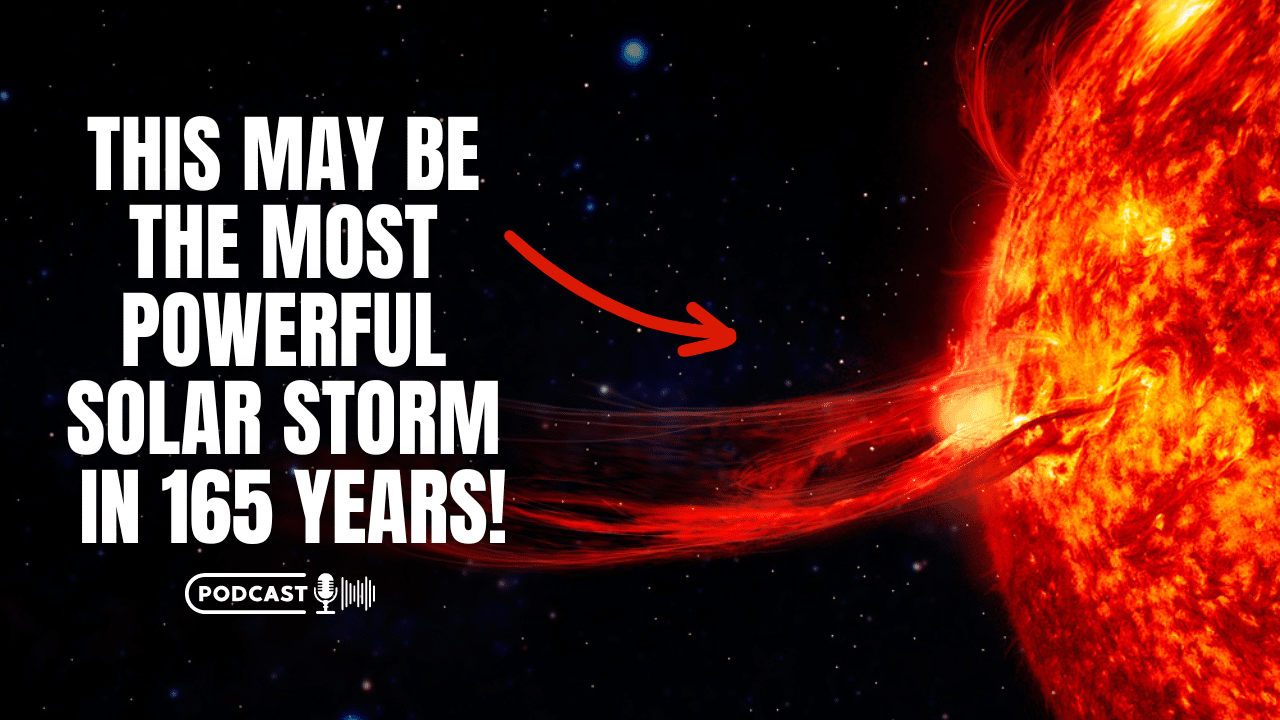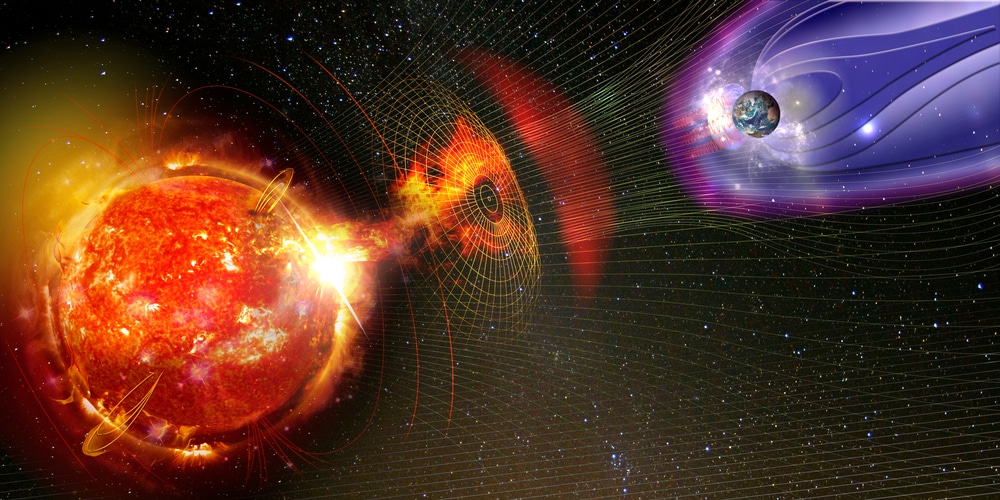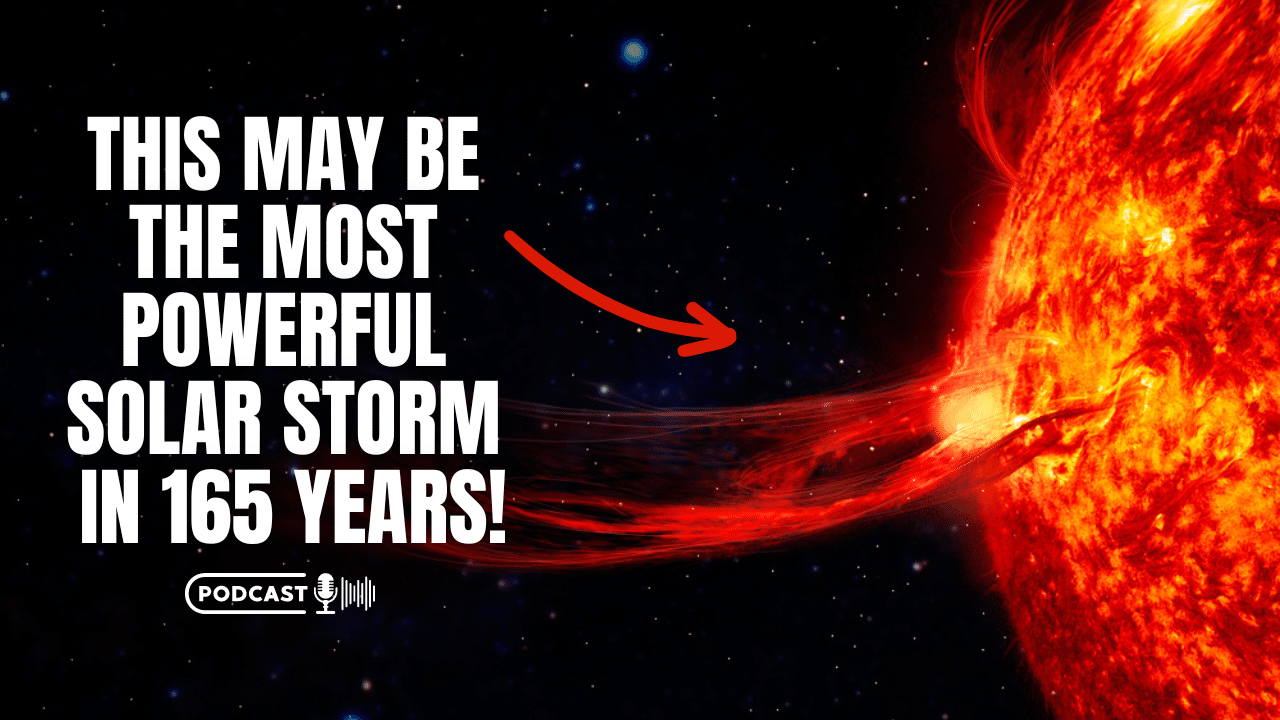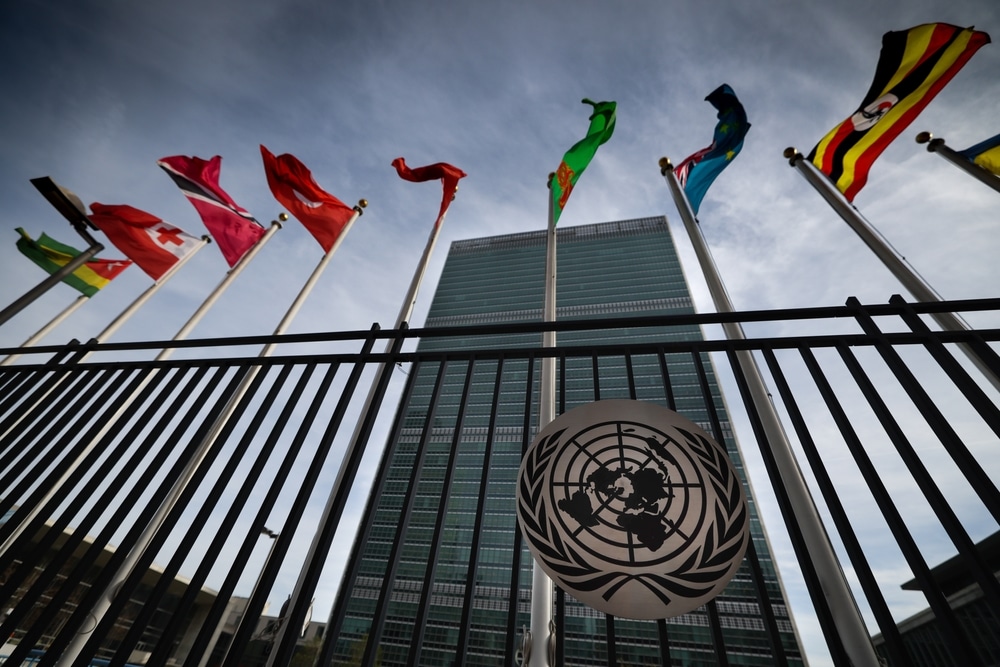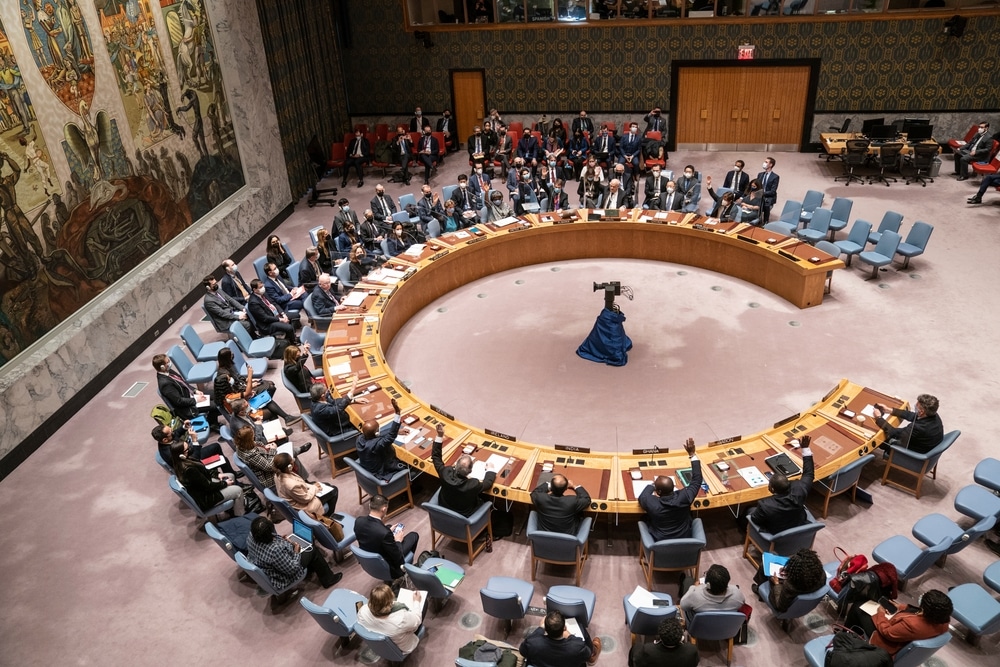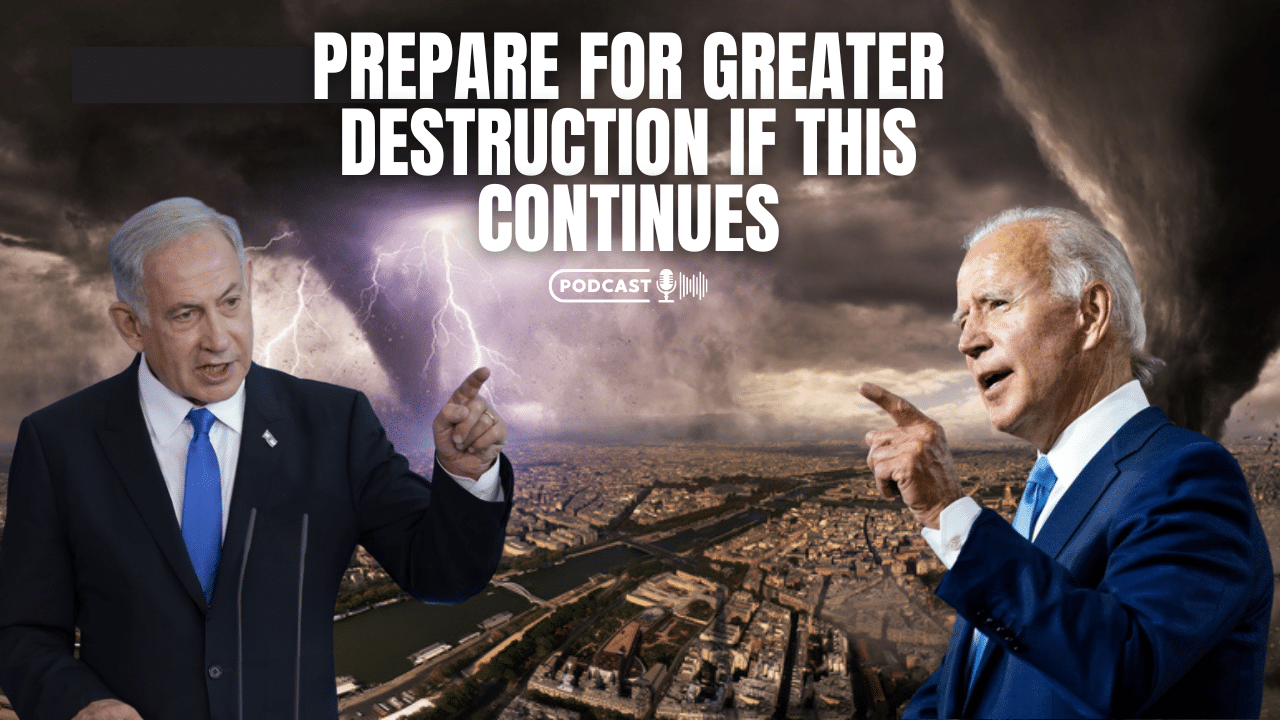(OPINION) In January, I wrote about a coming global famine. The political push to move from fossil fuels to renewable energy, coupled with the COVID shutdown of supply and demand distortions, resulted in much higher energy prices.
This was particularly true in Europe where the accelerated push for green energy led to a surging energy crisis. Asking, “What does this have to do with rising food prices?” I pointed to this Zero Hedge article which stated: “You can’t make fertilizer without urea and natural gas.
As the price of either of these goes higher (both are), it significantly impacts the price of fertilizer. The price of fertilizer impacts in turn the price of food. This is because fertilizer is the second largest cost component of most agricultural production. The first being… you guessed it, diesel.”Entering 2022, rising energy costs had driven up prices for both diesel and fertilizer. This led to increased food production costs.
Those, in turn, impact the feed cost for cattle, hogs, chickens, and other animals. This means higher costs for meat producers.Global supply chain issues are another reason we saw rising food prices. While increased demand due to COVID lockdowns and hoarding both played a factor, the majority of food shortages were due to problems rippling through the global supply chain. In summary, as we entered 2022, we were already facing a major food crisis, both in terms of supply and price.
However, in that same article, I warned it could get much worse. “Rumors of war” were everywhere – Russia/Ukraine, China/Taiwan, and Iran/Israel. Back then, I wrote: “If any of these areas erupt into war, the result will be a disaster for the global economy. Oil prices will go much higher.
Global trade will contract. Supply chains will break down even further, and food prices will skyrocket. Worse than that, a major conflict could lead to food shortages throughout the world. Is this what China is preparing for?” That last sentence referenced China’s hoarding of grain. Coming into the year, China held 69% of global maize reserves, 60% of global rice reserves, and 51% of global wheat reserves.
Why did China stockpile so much food? In hindsight, it’s clear. They knew the Russian invasion of Ukraine was coming, and they knew the impact such a conflict would have on the global food supply.
The Post-Invasion Global Food Market
Even now, most people fail to recognize the dire consequences of Russia’s attack on Ukraine. The impact goes far beyond the battlefields of Eastern Europe, effecting every nation on the planet. The war in Ukraine has transformed a situation where global food supplies were tight into an unavoidable global food crisis. Why? Below is a list of six reasons 2022/2023 will be an absolute disaster for the global food supply.
1) Sanctions – The sanctions the U.S. and its allies put in place to punish Russia will have serious consequences for the global food market. Russia produces far more than oil. It’s also the earth’s largest wheat exporter, accounting for 18% of global sales. And fossil fuels also play a major role in food production.
Diesel fuel powers farm equipment as well as the trucks that bring food to market, and natural gas is a critical component in the production of fertilizer. In short, the sanctions placed on Russia will strain global supply chains and increase the price of agricultural commodities wherever they are grown.
2) Poor Harvests – The sanctions kick in at a time when global food supplies are already tight. Now, extreme drought threatens to destroy the winter wheat crop in Kansas, Oklahoma, and Texas. Half of U.S. wheat production is hard red winter wheat. A reduced crop will put further pressure on food prices. READ MORE



